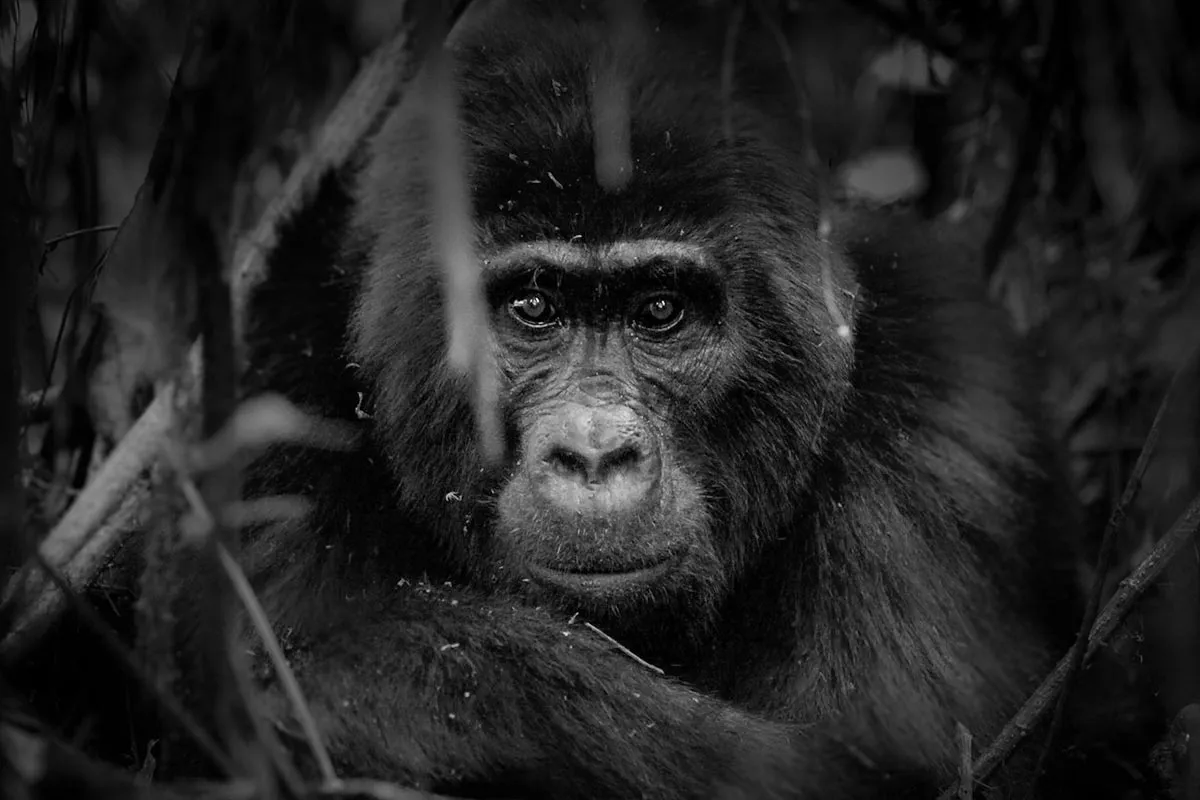
Best Time to Hike Mount Kilimanjaro
November 26, 2024
Gorilla Permits Availability
November 26, 2024Best Time to See the Great Migration in Tanzania
Best Time to See the Great Migration in Tanzania — The best time to witness the spectacular Great Migration in Tanzania is during the dry season, which runs from July to early October. This period is ideal because the vegetation in the southern parts of the Serengeti National Park and Ngorongoro Crater becomes sparse, and the waterways dry up. As a result, wildebeests and zebras begin their annual journey north to the Masai Mara National Park in Kenya, searching for fresh grass and water.
The migration is a life-changing event, as the wildebeests and zebras travel more than 3,000 miles in search of food, while also rearing their young. The journey is not without its dangers, with many animals succumbing to exhaustion along the way, providing an opportunity for predators like lions, cheetahs, and hyenas to hunt. While the dry months of August and September are considered the best time to see the migration, late October marks the start of the rains, signaling the herds’ return to the southern Serengeti and Ngorongoro Crater for the next cycle of life.
What is the Wildebeest Migration?
The Great Migration is one of nature’s most incredible spectacles, where over 1.5 million wildebeests, along with thousands of zebras, move from the Serengeti and Ngorongoro Crater in Tanzania to the Masai Mara in Kenya. This clockwise migration spans a remarkable 3,000 kilometers each year as the animals seek fresh grazing grounds and rear their young. Unlike other migrations, the Great Migration involves a complex and arduous journey, making it one of the most sought-after safari experiences in the world.
The migration usually takes place during the dry season, when the herds are forced to move in search of better grazing. This is the perfect time to see the Great Migration, with dramatic river crossings and the challenges of survival on full display. It’s a bucket-list experience for anyone visiting Tanzania or Kenya, offering a front-row seat to one of the greatest wildlife events on earth.
Tanzania Big Five Safaris
- 3 Day Serengeti National Park Safari
- 3-Day Serengeti & Ngorongoro Crater Safari
- 4-Day Serengeti National Park Safari
- 5 Days Serengeti and Ngorongoro Safari
- 5-Day Safari to Tarangire, Serengeti, Ngorongoro Crater, and Lake Manyara
- 14-Day Uganda Gorilla Trek via Serengeti and Kilimanjaro
Tanzania Visa and Work Permit Advice
Before visiting Tanzania to see the Great Migration, you’ll need to obtain a tourist visa. While many travelers prefer to arrange their visas in advance, you can easily get your visa upon arrival at any entry point in Tanzania for a fee of USD 100. You may also be required to show proof of yellow fever vaccination. Keep in mind that visa and entry regulations can change, so it’s a good idea to check with your local Tanzanian embassy for the latest updates.
Tanzania Vehicle Hire Services
Excursia Adventures is here to assist with transport arrangements across Tanzania, tailored to your interests, budget, and the nature of the roads in the areas you’ll be visiting. We recommend customized 4×4 Land Cruisers or safari vans for the best experience in the parks during the Great Migration. Rates start from USD 200-250 per vehicle per day with a driver/guide. For a more accurate cost, we’ll assess your itinerary and estimate the fuel and mileage requirements.
Why Book Your Safari to the Great Migration in Tanzania with Excursia Adventures?
Excursia Adventures has extensive experience organizing unforgettable safaris to Tanzania, including to see the Great Migration. We are highly rated by our clients on platforms like TripAdvisor and pride ourselves on offering eco-friendly, high-end safaris that support local communities and help conserve wildlife. Along with the Great Migration, we offer a wide range of safari experiences, including gorilla and chimpanzee trekking, Big 5 safaris, mountain hikes, boat excursions, and cultural encounters in popular African destinations like Kenya, Botswana, and Namibia.
Get in touch with us today to learn more about the best time to see the Great Migration in Tanzania and to start planning your safari adventure!




